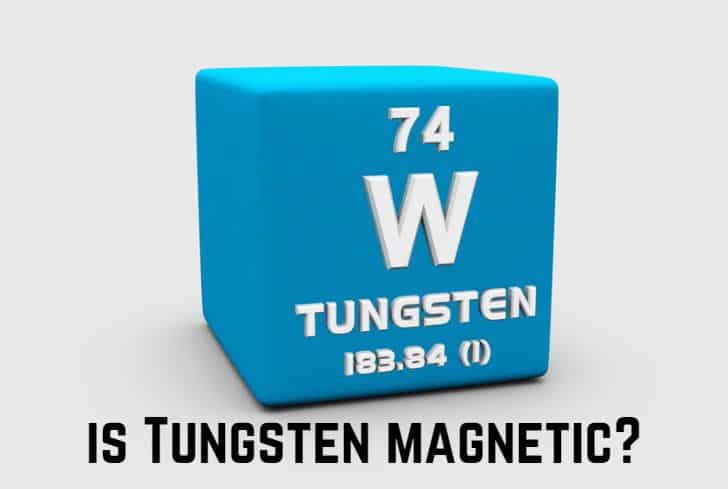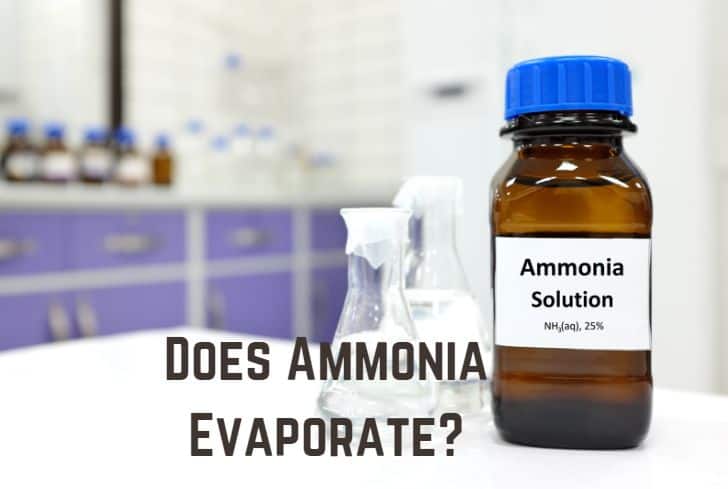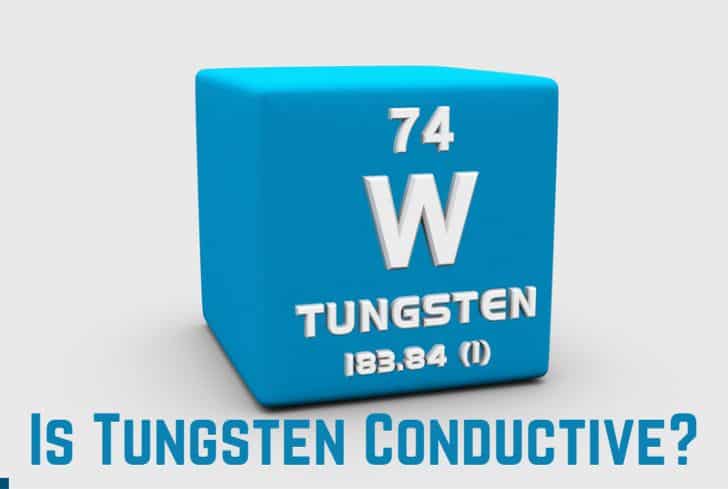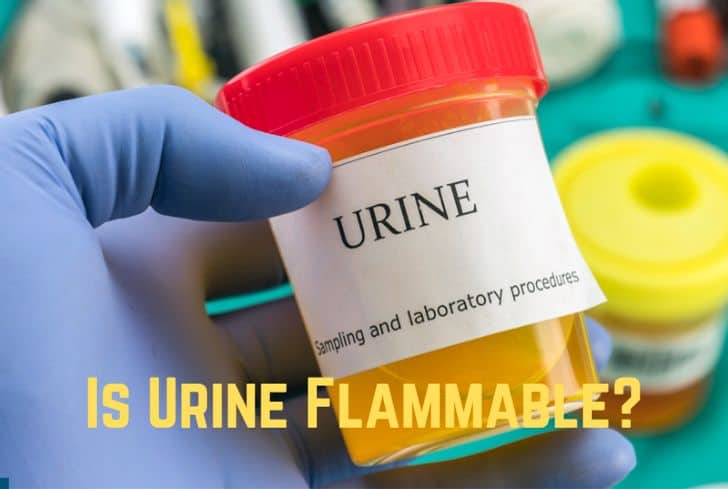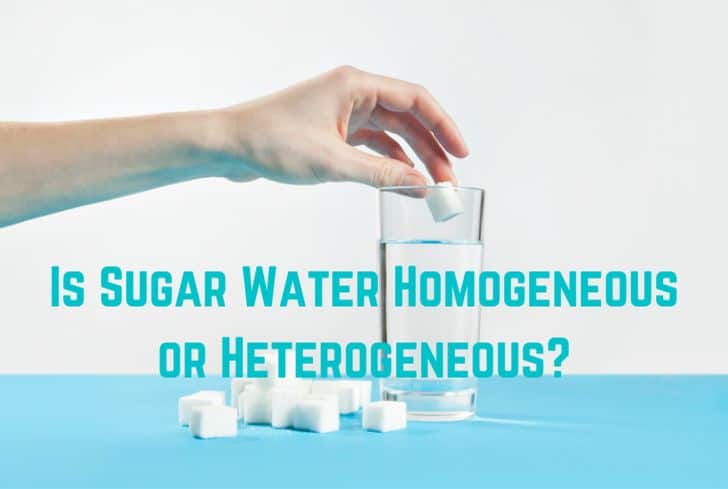Is Sulfur Magnetic? (Answered)

Sulfur is the tenth most abundant element in the universe and the fifth most common element on Earth. Only a tiny number of sulfur deposits are economically mined, nevertheless. Initially, sulfur was referred to as brimstone. Sulfur’s most distinctive characteristic is a foul scent similar to rotting eggs. Now, let’s examine a sulfur property: is sulfur magnetic?
In this article, we answer the question of whether sulfur attracts magnets. We discuss the causes of sulfur’s non-magnetic properties, where it is found, and whether it’s malleable. We examine the properties and uses of sulfur and whether it is a metal or non-metal.
Read: Is Manganese Magnetic? (Find Out)
Is Sulfur Attracted to Magnets?
Sulfur repels magnets. It is diamagnetic. An induced magnetic field in the opposite direction occurs in sulfur atoms when a magnet (an externally applied magnetic field) is introduced, leading to a repulsive force. As a result, the external magnetic field repels sulfur. Sulfur is repelled by a bar magnet’s north and south poles when brought close to it.
Sulfur is a diamagnetic element that exhibits a mild repulsion when exposed to a magnetic field. Sulfur develops a weak magnetic field in the opposing direction in response to an external magnetic field. Sulfur loses its relatively weak magnetization when the external magnetic field is removed because the paired electrons balance out the magnetic moments.
In their YouTube, EpicScience shows us how to use a magnet that reacts with iron (paramagnetic) and sulfur (diamagnetic).
Why Isn’t Sulfur Magnetic?
Due to the two unpaired electrons in sulfur, the atom has a net magnetic moment. The 3p energy level is the exact position of the unpaired electrons. However, sulfur electrons form bonds with the neighboring atoms in this state to form an octet. As a result, the sulfur molecule’s total magnetic moment no longer contains unpaired electrons. As a result, sulfur has diamagnetic properties.
Several electrons circulate the atoms of magnetic elements. To create a magnetic field, the electrons act like current loops as they spin around their axis. The strength of one current loop gets intensified, and the strength of the other current loop is diminished due to the electron spinning in the opposite direction.
The atom rejects the magnet because the repulsive force is stronger than the attraction force. Thus, a weak magnetic moment develops that repels the magnet and results in diamagnetism.
Where is Sulfur Found?
East Texas has extensive deposits of sulfur. It is a naturally occurring element. Elemental sulfur is present in areas like Chile, Japan, and Indonesia that are volcanic and near hot springs. In Sicily, molten sulfur lakes connected to submarine volcanoes have been discovered on the ocean floor. Large sulfur deposits can be found in the Pacific Ring of Fire, which encircles almost the Pacific Ocean.
Anaerobic bacteria operating on sulfate minerals like gypsum in salt domes produce native sulfur. Significant native sulfur deposits in Eastern Europe and Western Asia evaporites and salt domes along the Gulf of Mexico coast. Only geological processes can produce native sulfur.
Nuclear Waste Services, in their YouTube channel, explains. What we mean by Evaporites
Commercial production of fossil-based sulfur deposits is found in Osiek, Poland.
Today, eliminating sulfur-containing impurities from natural gas and petroleum produces sulfur as a byproduct. Unfortunately, one of the many elements contributing to acid rain is sulfur, which is exposed due to oil refining. Sulfides or sulfates are common sulfur compounds found in metal ores. The table below highlights the various metals ores.
| Metal Ore | Chemical Name |
| Galena | -Lead sulfide (PbS). |
| Blende | -Zinc Sulfide (ZnS). |
| Pyrite | -Iron disulfide ( FeS2). |
| Chalcopyrite | -Copper Iron Sulfide (CuFeS2). |
| Gypsum | -Calcium Sulfate Dihydrate (CaSO4∙2H2O). |
| Barite | -Barium Sulfate (BaSO4). |

Is Sulfur Malleable?
Sulfur is not malleable. The four forms of sulfur are gas, liquid, unstable amorphous, and two solid phases. The two solid forms are brittle and not malleable because of the limited slip planes in their crystalline structures. Due to the weak intermolecular force of sulfur, brittleness occurs. Atoms of sulfur cannot slip each other and keep sulfur’s atomic lattice structure.
Pressure causes cracks to form rapidly across or along the grain boundaries of sulfur. It happens instantly. Sulfur’s brittleness is similar to glass, ceramics, plastics, and certain metals.
The amorphous structure is malleable even if it is unstable. It will take some time for the amorphous sulfur form to change into the monoclinic and rhombic forms.
At room temperature, amorphous sulfur is as malleable as glass. Amorphous sulfur is created by rapidly cooling liquid sulfur. It can now be molded as a result, becoming malleable. On the other hand, transparent to translucent crystals make up the crystal structure of solid sulfur.
Malleability is the physical property of metals that allows them to be hammered, rolled into thin sheets, or pressed without breaking. Hence, it is the property of a metal to deform under compression.
Is Sulfur Metal or Nonmetal?
Sulfur is a non-metal. It is one of the periodic table’s 17 non-metals. Six valence electrons make up sulfur. Sulfur requires an additional two electrons to become an octet. Thus, sulfur now has 18 electrons with a negative charge and 16 protons with a positive charge. The atom of sulfur now contains two negatively charged electrons. The sulfur ion is an anion since it is now negatively charged.
Metals are those elements that, when subjected to a chemical reaction, lose electrons to produce positive ions. Non-metals, on the other hand, take on one electron to create anions. Sulfur differs from metals in several ways, just like other non-metals.
- Gases, liquids, or soft or hard solids are non-metals. Although it naturally occurs as a soft solid, sulfur also possesses allotropes that are gases or liquids.
- Non-metals can form ionic compounds because they have higher electronegativities than metals. The electronegativity of sulfur is 2.58. The ability of an atom to attract electrons to itself is known as electronegativity.
- Sulfur is a non-conductor of electricity. The sulfur’s electrons become paired when it attract the two negatively charged electrons to form an octet. The previous unpaired electrons are unable to move freely. Consequently, sulfur turns into a poor conductor of electricity.
- Sulfur lacks both luster and sound. Metals have a resonant quality because they tingle when you strike them. Sulfur is hence called non-sonorous because it makes no sound.
- Sulfur forms acidic oxides. These are groups of molecules made of sulfur and oxygen atoms. Acid oxides react with water to form acid rain.
Sulfur belongs to the 16th group in the third period. The group is known as the oxygen group or the chalcogens. The elements in the oxygen group are extracted from the ores of sulfides, selenides, telurids, and copper oxides.
Properties of Sulfur
Sulfur is the 16th element in the periodic table between phosphorus and Chlorine. It has 16 neutrons and 16 protons in its nucleus and 16 electrons enveloping it. The sulfur symbol is “S.” When burnt, it produces a blue flame.
In the table below, we highlight more sulfur properties.
| Physical | Chemical |
| -Bright yellow, crystalline solid at room temperature. | -Hydrolyzes slowly to mainly form hydrogen sulfide and sulfuric acid. |
| -Non-metallic, rasteless and dodorless element. | -Reacts with all elements except noble gases. |
| -Poor conductor of electricity. | -Insoluble in water. |
| -Forms a dark brown viscous liquid when sulfur melts. | -Forms compounds with several non-metallic elements. |
| -Has a melting point of 239°F (115.°C) and boiling point of 832°F ( 445 °C). |
Read: Is Lithium Magnetic or Non-magnetic?
Uses of Sulfur
Sulfur has many uses across the various industries. It is one of the few elements found naturally in its elemental form and is also a mineral.
- It primarily removes paper lignin from wood pulp while manufacturing paper. The cellulose fibers of the plants are easier to break down into paper products after lignin removal.
- Sulfur is frequently used in the process of making sulfuric acid. Many chemical products, including phosphate fertilizers, insecticides, and fungicides, contain acid as a key component.
- It plays a significant role in the production of gunpowder, vulcanized black rubber, dyes, batteries, water treatment systems, and match ignitors. Aluminum and steel production also use tiny amounts of sulfur. Sulfur, however, is too reactive to make a useful dye. So that the colors on textiles and paper are more durable, it is mostly used in dye processes as a binding pigment.
- Sulfur-containing hot springs are popular with tourists because of their alleged therapeutic and calming effects.
- Because sulfur has a distinctive scent that can alert people to gas leaks, some sulfur compounds are added to natural gas pipes.
- The existence of humans is dependent on sulfur. Our bodies require sulfur to synthesize two amino acids required to build all the proteins our bodies require.
Conclusion
Sulfur is non-magnetic. Even though it has “two unpaired valence electrons,” it exhibits diamagnetic properties. The whole magnetic moment of sulfur is lost as a result of the two electrons forming bonds with the nearby atoms.
Sulfur is a non-metal and is, therefore, not malleable. An anion forms when sulfur atoms attract two electrons that are negatively charged. Non-metals attract electrons whereas metals lose electrons.
Frequently Asked Questions
Can I Touch Sulfur?
Sulfur cannot cause allergic contact dermatitis. It nevertheless results in skin toxicity, eye irritation, and inhalation hazards. Low-level chronic exposure to elemental sulfur is regarded as safe.
Is Sulfur Flammable?
Sulfur is not an explosive in its solid form material but is combustible. However, molten or powder sulfur is flammable. The bonding structure of sulfur degrades due to heat.

